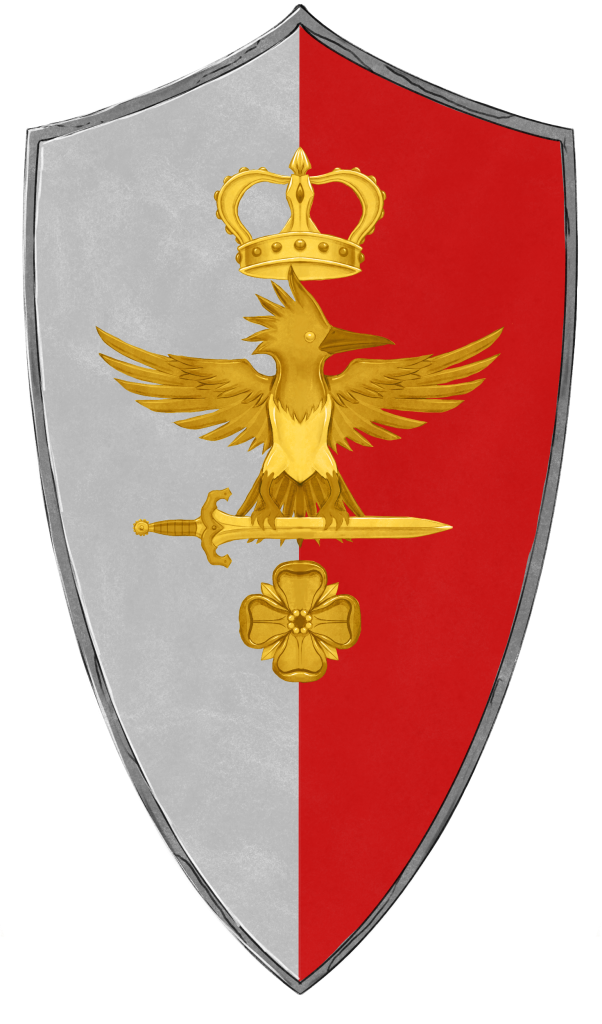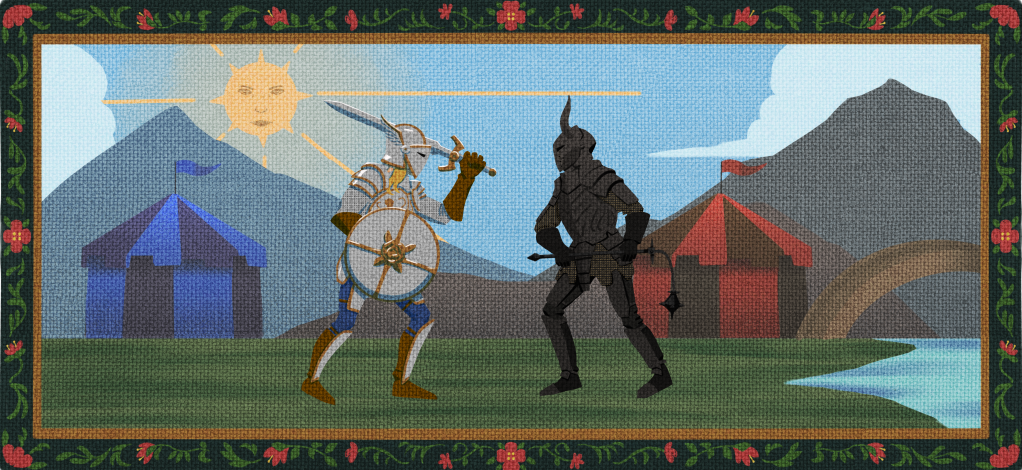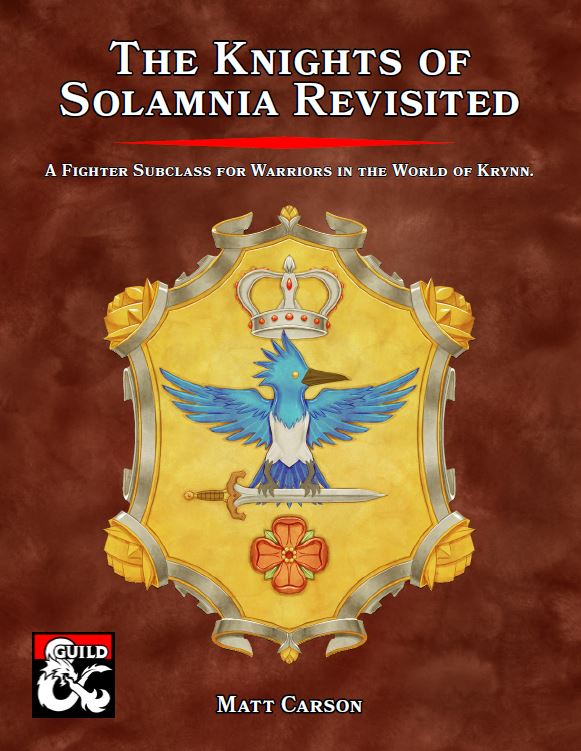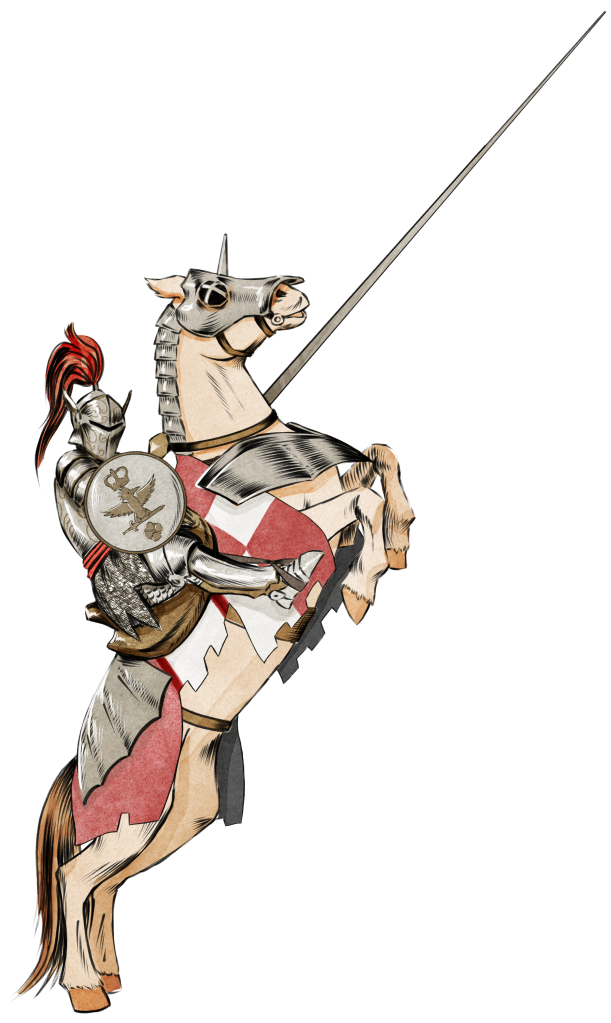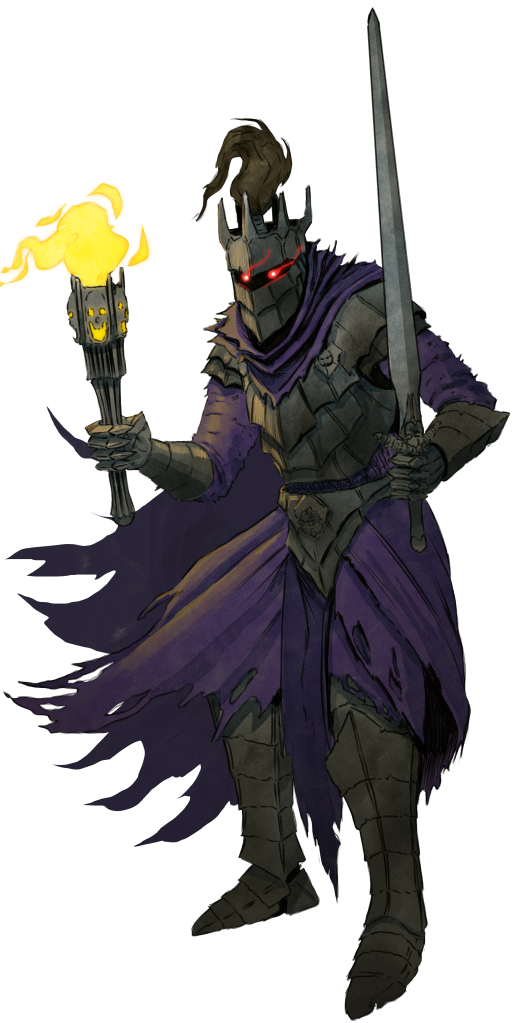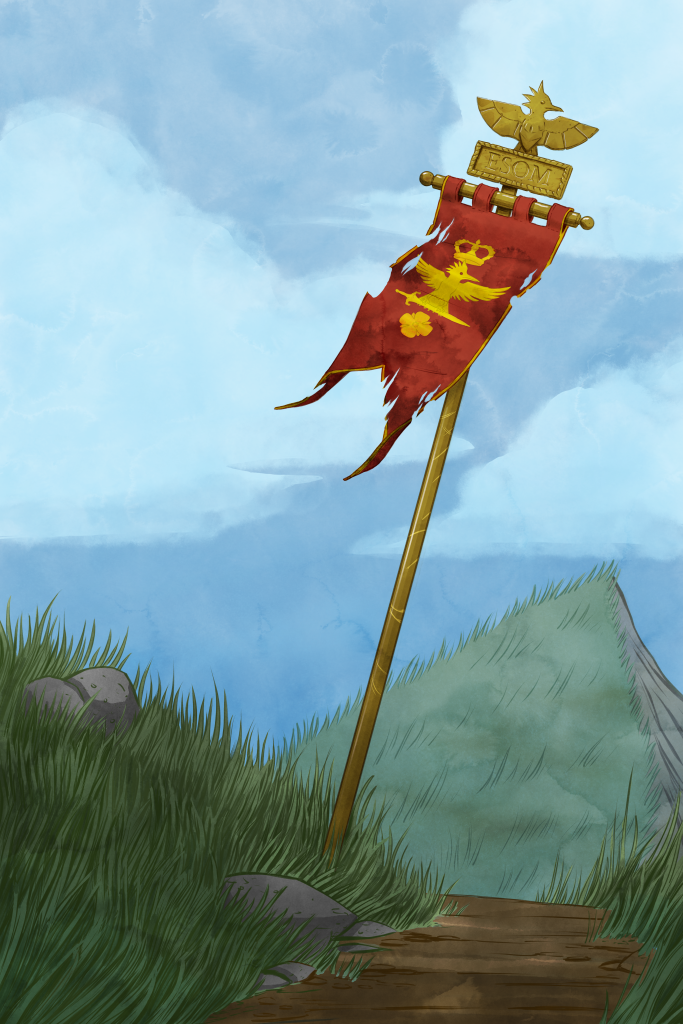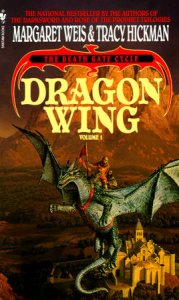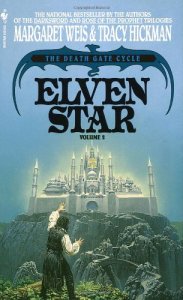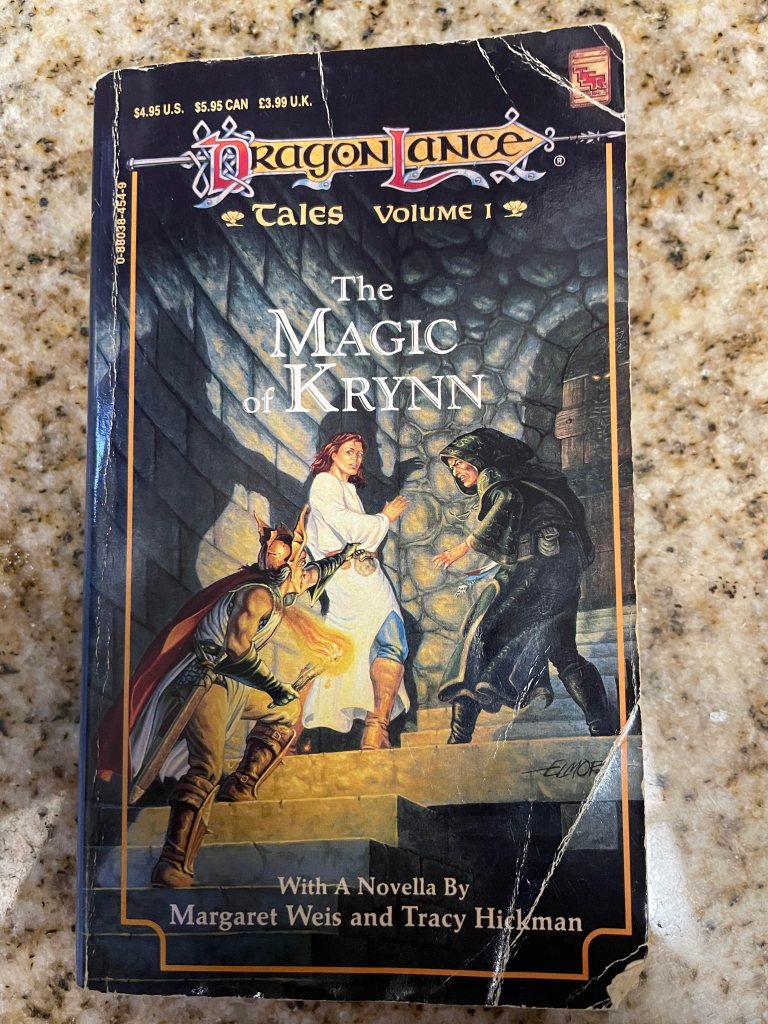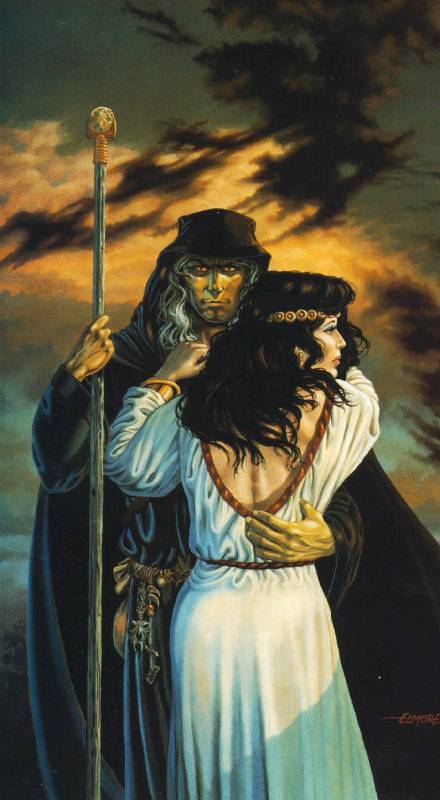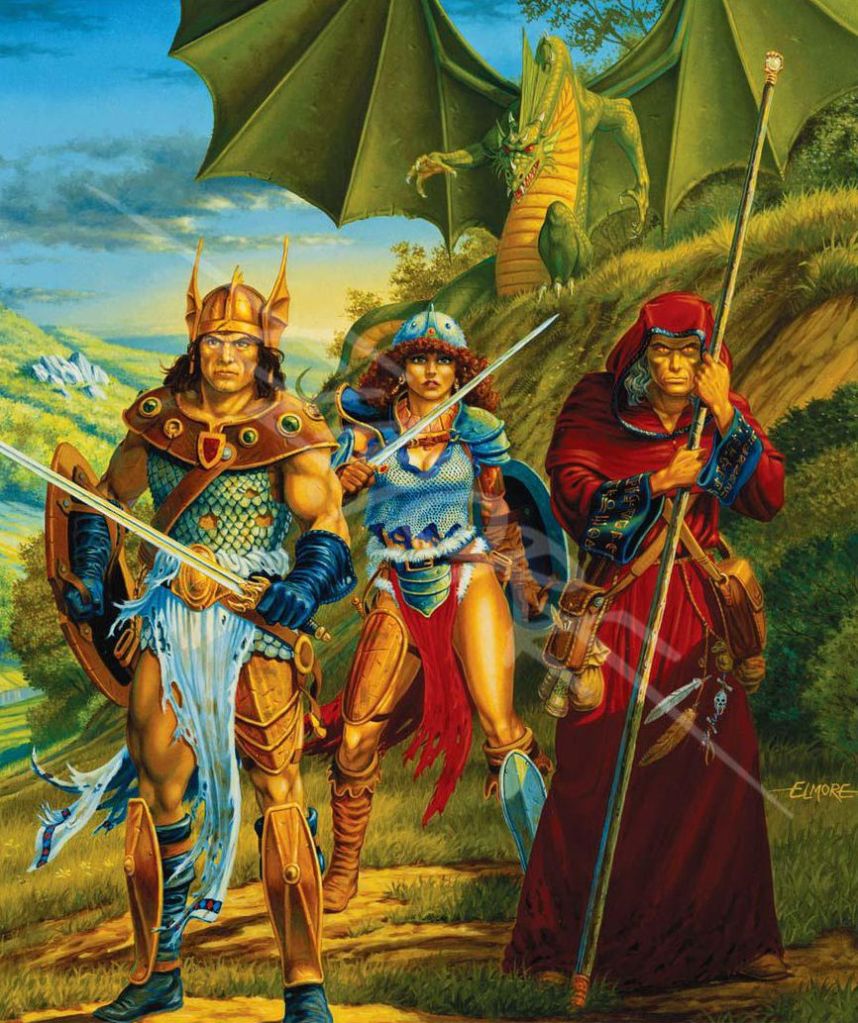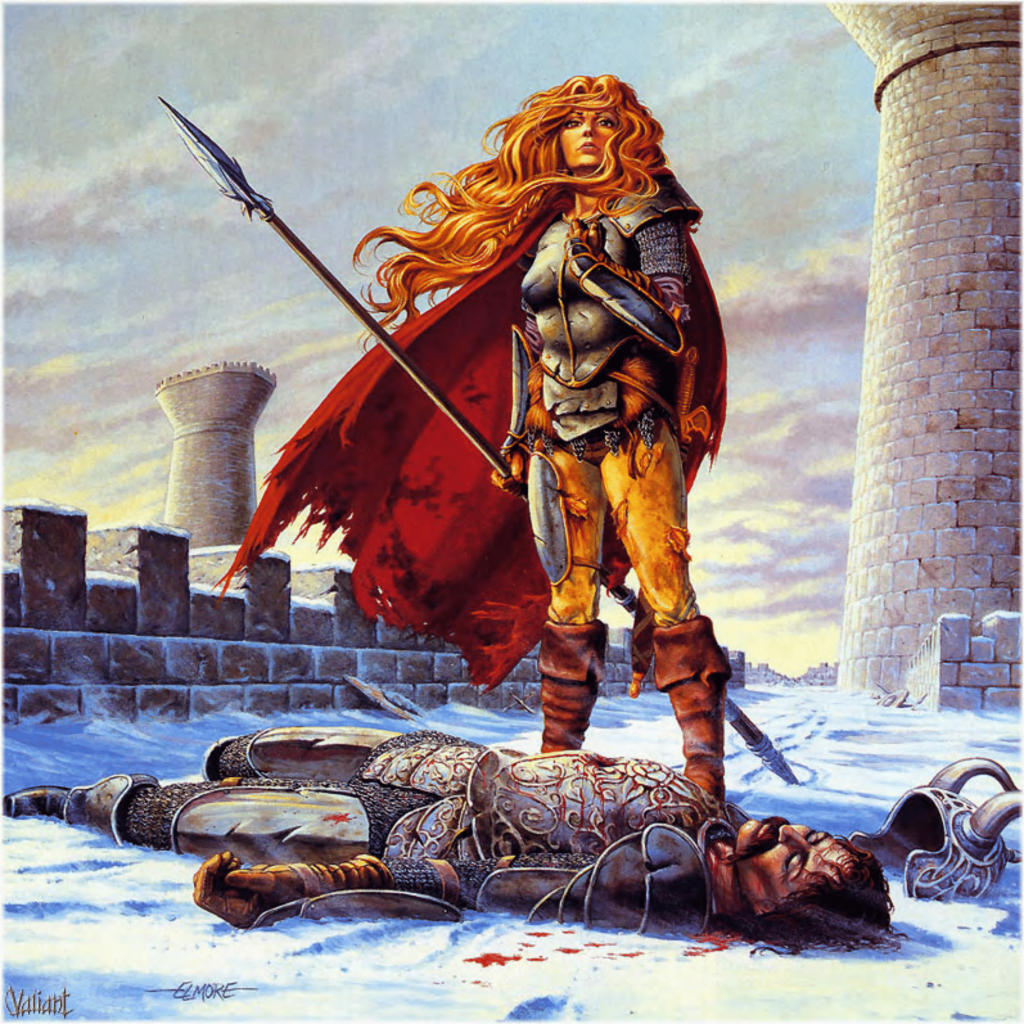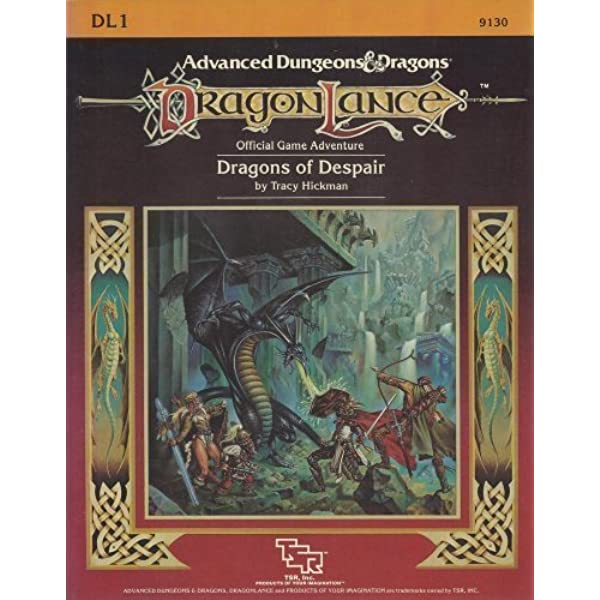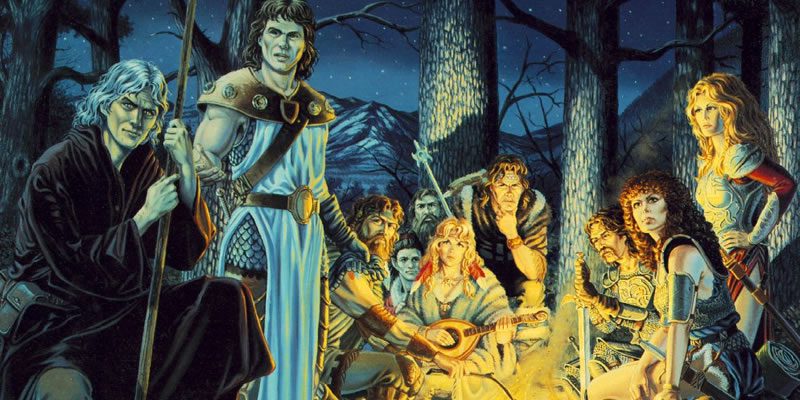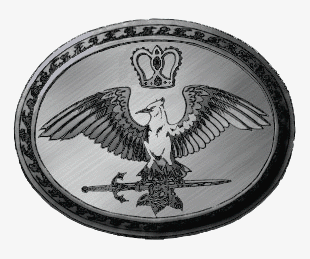Dragonlance.
That one word is so incredibly evocative to me. I have written previously on how I found the Dragonlance Saga, and what it means to me both as a reader and author of fantasy. I cannot understate how much of an influence it has had on my life since its first discovery.
But, perhaps I’m burying the lede here. The fact is that I’ve always wanted to be a contributor to the Dragonlance mythos. Unfortunately, there are fewer and fewer ways to do that nowadays. When I read Shadow of the Dragon Queen, something really struck me: the treatment of the Knights of Solamnia, by far one of my favorite aspects of Dragonlance.
I fully expected the Knighthood to be represented as a fighter subclass. It turns out, joining the Knighthood, as well as your status within it, really came down to a feat choice. Besides the fact that feats in 5e are (in theory) optional, I expected membership within the Knighthood to require more — and be more — than just a mere feat choice.
I was also puzzled by the Shadow of the Dragon Queen’s progression within the Knighthood. You could make up a character who could become a Knight of the Rose by 4th level without ever having been a part of the Orders of the Crown or Sword, all because of their feat choice. Or, you could achieve the orders out of their established order.
This didn’t strike me as lore friendly. If a Knight of Solamnia wants to become a Rose Knight, they should always start off as the lowest order, the Order of the Crown. After they’ve been there for a certain amount of time, and sufficiently proven themselves, they would then have to petition to join the Order of the Sword and be successfully inducted into its ranks by the other Sword Knights in charge.
Only after they were a Knight of the Sword could the knight in question repeat that same process to eventually enter into the Order of the Rose. Rose Knights wield incredible political and military power, and that status should only come after they have proven themselves worthy throughout their career. I don’t think that makes sense at 4th level.
So, I decided to do something about it, and the DMs Guild was the answer. As I said above, I’ve always wanted to contribute to Dragonlance, and so that’s exactly what I did. I created a digital game supplement, The Knights of Solamnia Revisited, the second title released under the Sector M Games banner. In it, I explore what it means to be a Knight of Solamnia, how to role-play as one, and what your progression would look like.
At the center of this progression is a tiered, interconnected fighter subclass that would allow players of a Knight of Solamnia to make their journey from Crown Knight to Rose Knight as their level progresses. Of course, a knight could also make a full career as a Crown Knight or Sword Knight, and there are definite advantages to doing so.
Using these rules, the earliest you could gain the benefit of being a Sword Knight is at 7th level, with Rose Knight benefits kicking in at 10th level. Considering that most campaigns only run to between 10th and 12th level, it means that attaining entry into the Order of the Rose would come towards the end of the campaign, which makes much more practical sense. If you are able to game beyond those levels, this supplement goes all way the up to 20th level for all three career paths. You could absolutely have a party with a 20th-level Crown, Sword, and Rose Knight in it, and each one would function differently from each other and be powerful in their own right.
The Knights of Solamnia Revisited does present a more-powerful-than-average subclass, however, but if ever it was needed, it’s against the backdrop of the War of the Lance. Because the Solamnic Knights are the world’s premier military organization, they also get access to feats that other fighters don’t. This will allow them to really do the heavy lifting as a martial character in a Dragonlance campaign, especially in one where the odds of encountering a dragon at lower levels is virtually guaranteed.
The world of Krynn naturally lends itself to epic storytelling, so the Knights of Solamnia get some extra punch with a bank of general feats that any Solamnic Knight can take, as well as Order-specific feats that allow you to customize your knight to fine-tune your build and character ethos.
While DMs are encouraged to tamp down on these extra feats if they feel it would unbalance the party, consider these two things:
- Martial characters need a boost to stay on even footing with magic-users
- Party sizes have trended smaller than in the earlier days of the game
On the first part, with the exception of paladins, most martial characters struggle to compete with spellcasters in terms of overall effectiveness. This divide is only exacerbated as levels get higher. While character builds and player ingenuity can narrow that gap significantly, martial characters (again with the exception of paladin) rarely get their due. The need for fighters to be able to really bring it is particularly needed in Dragonlance where the challenges the characters will face have a smaller margin of error.
On the second point, the original Heroes of the Lance consisted of ten main characters: Raistlin, Caramon, Tika, Tanis, Sturm, Laurana, Tas, Flint, Riverwind, and Goldmoon. I don’t know about you, but most games I’ve played in the last few years have been lucky to have five people at the table, if that. With fewer players, it means that each character in the party will need to pull their own weight if they are to survive in the rugged world of Krynn. This supplement was meant to address those points, and more.
And just to make a good thing better, Miguel Coronado III has returned as the artist for this project, giving his own artistic take on the Solamnic Knighthood. He’s the one who did the incredible artwork for The Artificer’s Guide to Magic Items, and the pieces he created here are a veritable feast for the senses. The images here, aside from those noted, are all by him.

At the moment, I don’t have a firm release date, but we are close. The layout is in great shape due to the inestimable talents of Natalia Holmes, who is also an alum from The Artificer’s Guide. All that remains is a few minor tweaks and another professional once-over to make sure all is good to go before release. [Update: The Knights of Solamnia Revisited is available now on DMs Guild here.]
So, if you’ve enjoyed The Artificer’s Guide, are a fan of Dragonlance, or both, check out The Knights of Solamnia Revisited, now on the DMs Guild!
Thanks for reading!

